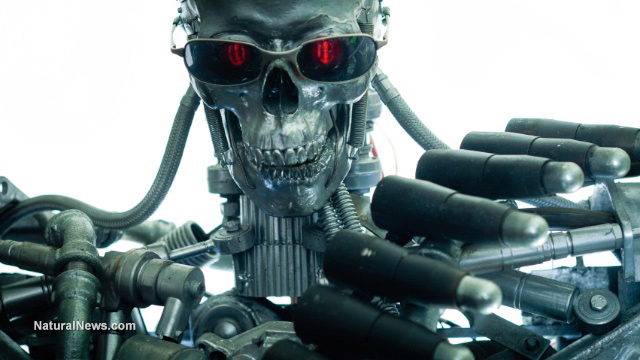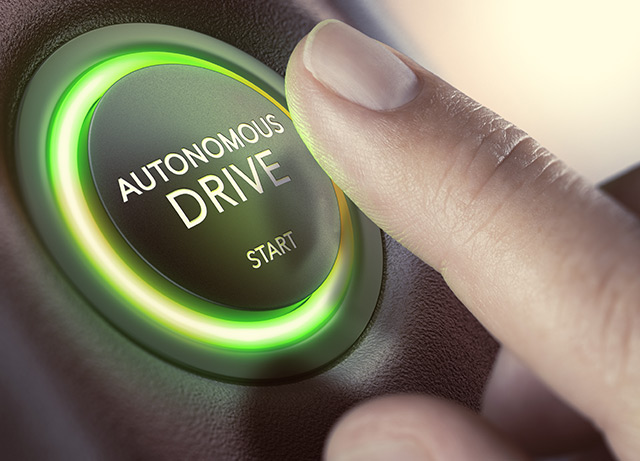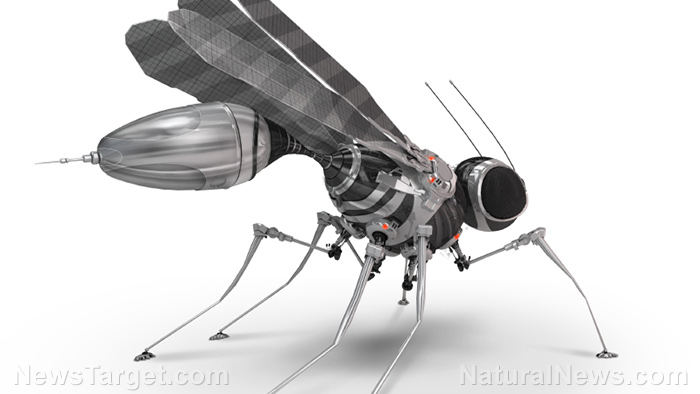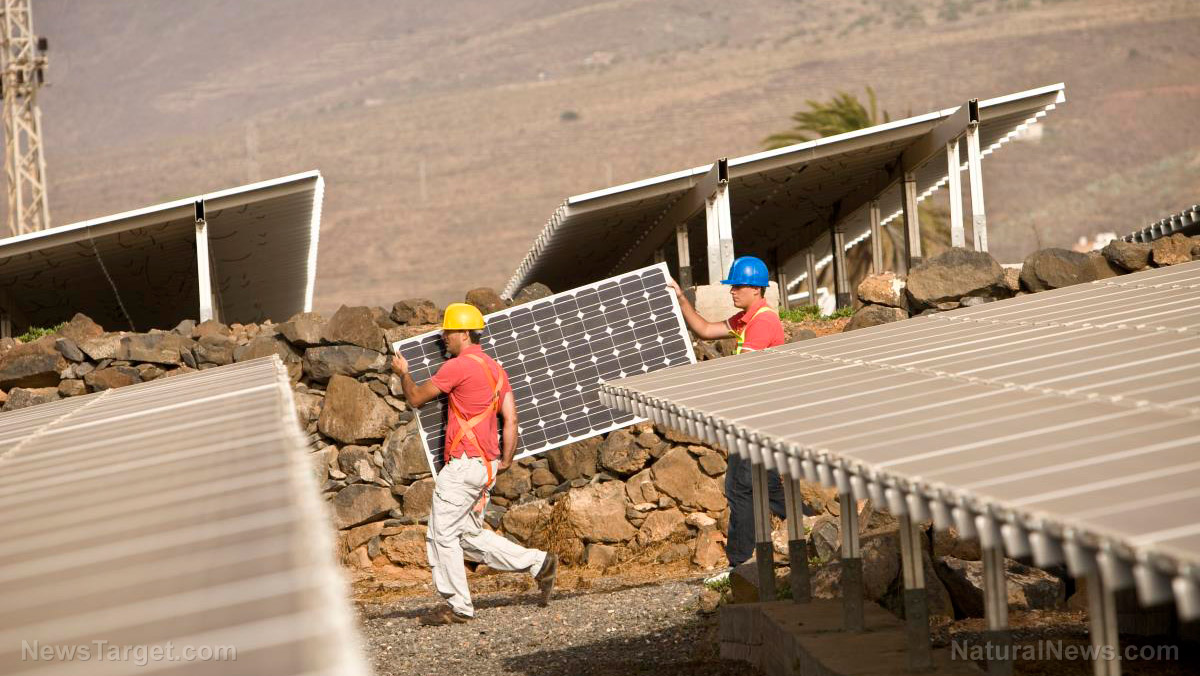For less than the price of a home in many parts of the U.S., a South Korean company is developing a deadly robot that will come with an array of weapons and a two-mile range.
A subsidiary of the Samsung Group is developing what is essentially a robot sentry called the “SGR-A1.” As reported by UberGizmo, “this particular robot will carry a fair amount of weapons that ought to make you think twice about crossing the borders of South Korea illegally — as it has been tested out at the demilitarized zone along the border… with its neighbor, North Korea.”
The sentry will be capable of detecting intruders with the help of machine vision, more commonly known as video cameras, in addition to a host of biometric heat and motion sensors.
The idea behind the SGR-A1 is to deploy the robot in place of human sentries all over the demilitarized zone, to reduce the potential for casualties in the South Korean military should war break out again with its nuclear-armed northern neighbor.
The development project was first announced in 2006, UberGizmo reported, and it is likely that, while improvements have been made, many of the robot’s capabilities are likely to remain classified. Each unit costs around $200,000, is all-weather, sports a 5.56-caliber machine gun (the same round used by the U.S. and NATO), and comes with an optional grenade launcher.
‘Scary!’
The robot will use infrared technology and visible light cameras to track multiple targets at once; it will remain under the control of a human operator working at a remote location.
“Basically, it claims to be able to ‘identify and shoot a target automatically from over two miles (3.2 km) away,'” UberGizmo reports. “Scary! When used on the DMZ, this robot will not distinguish between friend or foe — anyone who crosses the line is deemed as an enemy.”
As noted by the website GlobalSecurity.org, the robot will serve a cost-effective, as well as national security, purpose. First, unlike the U.S.-Mexico border and even the border that separates Israel from surrounding Arab nations, the 250-km demilitarized zone between North and South Korea is patrolled “along its entire length.” Further, GlobalSecurity.org reports:
On the ROK [South] side, there is one guard post every 50 meters, two guards per post, and twelve shifts per day. With about 5,000 guard posts, in theory there are 120,000 man-years spent on guard duty each year.
A robot does not need to be fed, does not get sick, is not easily distracted and, if “killed,” does not involve the loss of a human life. Further, robot sentries can be finite; there needs only to be a fixed number of them (with replacements), and they won’t need to be trained, take leave or complain to a ranking service member.
‘Sometimes, the robot makes the decision to fire’
“At one time Samsung claimed on their website that the SRG-A1 ‘has the purpose of protecting the major military base and national strategic site,'” GlobalSecurity.org reported. “‘The system is designed to replace human-oriented guards, overcoming their limitation of discontinuous guarding mission due to its severe weather condition or fatigue, so that the perfect guarding operation is guaranteed.'”
South Korean officials said the robot, which will be called, in military-speak, the “Intelligent Surveillance and Guard Robot,” is unique because it is the first of its kind to combine surveillance, tracking, voice-recognition systems and firing into a single platform.
The robot will be capable of verbally commanding an intruder to surrender. It will be able to understand if the intruder’s arms are held up in surrender and then not fire. In most normal circumstances, though, officials say any decision to open fire will be made by a human, not the robot. However, the robot does have an automatic mode in which the system then makes such decisions.
Sources:
http://www.ubergizmo.com
http://www.globalsecurity.org
https://www.youtube.com




















